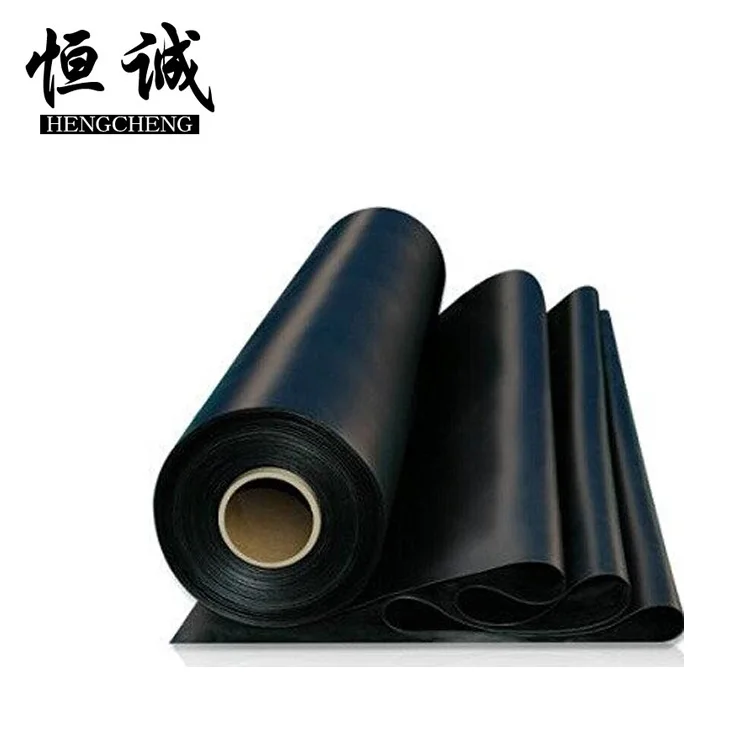Factories Producing Weather Strip Brush Seals for Enhanced Insulation and Energy Efficiency
ធ្នូ . 30, 2024 18:41 Back to list
Factories Producing Weather Strip Brush Seals for Enhanced Insulation and Energy Efficiency
Understanding Weather Strip Brush Seal Factories
Weather strip brush seals are integral components used in various industries, primarily in automotive and construction sectors, to improve energy efficiency and enhance comfort by minimizing air and noise infiltration. As global standards for building efficiency and vehicle performance continue to rise, the demand for high-quality weather strip brush seals has surged, prompting the growth of specialized factories dedicated to producing these essential products.
What is a Weather Strip Brush Seal?
A weather strip brush seal is a type of sealing solution consisting of a strip that houses a brush-like bristle component. This design allows it to effectively block drafts, dust, and noise while providing flexibility to accommodate movement, such as opening and closing doors or windows. The brush bristles bend and compress, providing a tight seal without obstructing functionality. These seals are typically made from durable materials such as polypropylene bristles, rubber, or foam, ensuring longevity and resilience against various environmental conditions.
The Manufacturing Process
The production of weather strip brush seals involves several stages
1. Material Selection The first step in the manufacturing process is selecting high-quality raw materials. Factories often use synthetic fibers for brush bristles and various elastomers for rubber backing. The choice of materials is critical, as they must withstand temperature fluctuations, moisture, and UV exposure.
2. Extrusion In this phase, the rubber or foam backing is extruded into the desired shape. The extrusion process involves forcing the material through a mold to create a long strip. This step is essential for maintaining consistency in size and shape, which is imperative for proper sealing performance.
3. Brushing Once the backing is prepared, the bristles are attached. This is typically done by inserting bundles of bristles into pre-made slots in the rubber or foam. Factories use automated machines that ensure precise placement and secure attachment, optimizing production efficiency.
4. Quality Control Throughout the production process, quality control measures are essential to ensure that the seals meet industry standards. Factories conduct various tests, including tensile strength, compression testing, and weather resistance assessments, to ensure that the final product performs well in real-world applications.
weather strip brush seal factories

5. Cutting and Packaging After the brush seals pass quality inspections, they are cut to desired lengths and packaged for distribution. Effective packaging not only protects the seals during transportation but also facilitates easier handling for customers.
The Importance of Weather Strip Brush Seal Factories
The emergence of dedicated factories for weather strip brush seals is driven by the increasing awareness of energy conservation and environmental impact. Energy-efficient buildings and vehicles are crucial in reducing carbon footprints and enhancing sustainability. Weather strip brush seals play a significant role in this effort by improving insulation and minimizing the need for heating and cooling.
Moreover, with advancements in manufacturing technologies and materials, factories can innovate and produce seals that are more efficient and effective than ever before. This continuous improvement benefits consumers and industries by providing higher-performance options that translate to lower energy expenses and improved comfort.
Market Trends and Future Outlook
The market for weather strip brush seals is expected to grow as more industries recognize their advantages. The construction sector's push for energy-efficient buildings aligns with green building standards, increasingly integrating such seals into designs. Similarly, the automotive industry's focus on fuel efficiency is spurring demand for superior sealing solutions that enhance aerodynamics and reduce energy consumption.
Additionally, as manufacturers face increasing pressure to adopt sustainable practices, many weather strip brush seal factories are exploring eco-friendly materials and production processes. This shift not only meets regulatory requirements but also aligns with consumer preferences for environmentally responsible products.
Conclusion
In conclusion, weather strip brush seal factories play a vital role in producing components that enhance energy efficiency, comfort, and sustainability across various sectors. With ongoing advancements and a growing market, these factories are poised to continue making significant contributions to modern manufacturing and environmental conservation efforts. The future of weather strip brush seals looks promising, offering numerous opportunities for innovation and growth in an increasingly eco-conscious world.
-
Premium Window Seal Strip Adhesive: Manufacturers & Suppliers
NewsAug.26,2025
-
Best Window Seal Strip Adhesive Companies: Strong, Durable Seals
NewsAug.25,2025
-
Karcher A2004 Wet & Dry Vacuum Filter: Premium Replacement Cartridge
NewsAug.24,2025
-
Premium Vacuum Filter for Karcher VC 4, VC 6, VC 7 & Tineco A10, A11
NewsAug.23,2025
-
Hi-Flo HF155 Oil Filter KTM 250 EXC Racing 03-06 | OEM 580.38.005.000
NewsAug.22,2025
-
Leading LED Neon Rope Light Outdoor Companies & Exporters
NewsAug.21,2025
